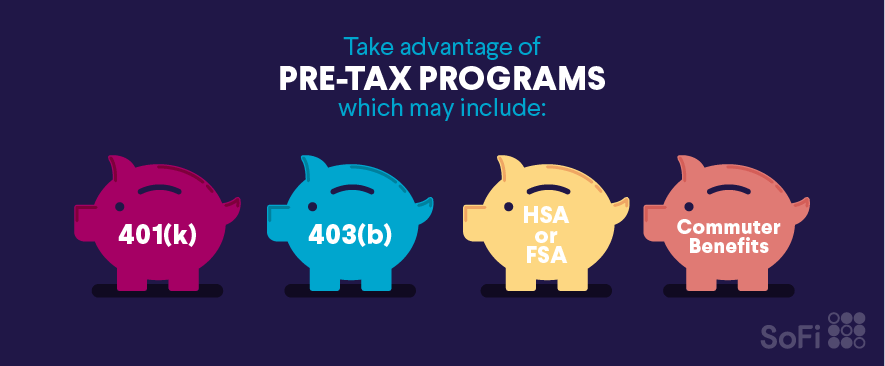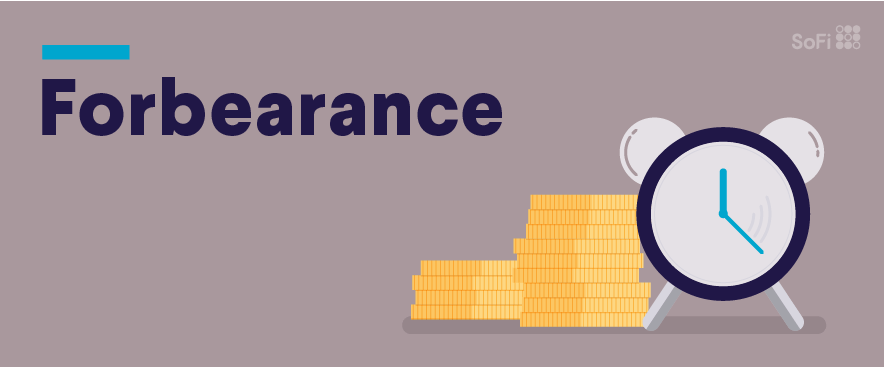How to Consolidate Multiple Debts into a Single Payment
It’s not exactly a surprise that the average American has plenty of debt . Households with credit card debt carry an average balance of over $15,000. Frustratingly, these debts often come with exorbitant interest rates.
While some folks are able to manage their debts just fine, some may feel overwhelmed juggling loan payments of varying sizes with due dates scattered throughout the month. When life gets busy, missing a payment is too easy and can land you even further behind. Having multiple debts can be stressful and can make budgeting and planning for the future challenging. And let’s be real: No one likes feeling overwhelmed by multiple debt payments.
For most people, the goal with paying back debt—especially consumer debt, like credit card debt—is to do so as quickly and painlessly as possible. If this is your goal, you have options. One of those options is debt consolidation, where you pay off qualifying debts using a new loan, often called a “debt consolidation loan” or a “debt relief loan.” To determine whether consolidating your debts into one single payment is the right choice for you, read on.
Should I Consolidate My Debts?
It may be worth considering consolidation if it will help you simplify your finances and lower the amount of interest you pay overall on your combined sources of debt. For example, if you have multiple credit cards and each has a high interest rate, consolidating to one loan with a lower interest rate could get you out of debt sooner. That, and you could enjoy the sweet relief of only having one payment to manage for the debt you consolidated.
Consolidating your credit cards to a lower interest rate with a debt consolidation loan could help you get out of debt sooner.
Pros of Debt Consolidation
1) You can streamline multiple debts into one payment, making the payback process easier and more efficient.
2) If you consolidate your debt, you may pay less interest over the life of your loan.
3) Consolidating credit card debt can lower your revolving credit utilization ratio, which is a factor considered by most credit bureaus in the calculation of credit scores. If you lower your balance on several credit cards, but keep them open, you’ll decrease your credit utilization ratio. That’s a good thing! Revolving credit utilization ratios are also often considered by lenders when making credit decisions.
That said, debt consolidation isn’t for everyone. Taking out a new loan may come with fees, so you’ll want to do the math and make sure it’s worth it before moving forward. You should also be mindful of the repayment period and ensure you only finance the debt on a timeline that works for you. Be wary of a loan term that’s too long—even if the loan has a lower interest rate, you can pay more in interest over time with longer repayment periods.
Cons of Debt Consolidation
1) If the loan term is longer than necessary, you could potentially pay more in interest even if the rate is lower.
2) Some debt consolidation programs are scams. It is important to understand that not all loan consolidation tactics are created equal. There have been some unsavory and even fraudulent loan consolidation services that don’t really help get your debt under control. If a lender is asking for money upfront to consolidate your debt, for example, that’s a red flag.
Awarded Best Online Personal Loan by NerdWallet.
Apply Online, Same Day Funding
How Do I Consolidate My Debt?
Debt consolidation, in theory, is very simple. You, or a lender, pays off all of your unsecured debts (like credit cards and personal loans) using a new loan. Then, moving forward, you’ll only make one monthly payment on your new loan.
A “debt consolidation loan” or a “debt relief loan” is often just a personal loan. This means that you have the option to seek out personal loans from reputable banks, credit unions, or online lenders. You do not have to work with a debt consolidation services provider that you don’t feel 100% comfortable with. Think of it this way: If it sounds sketchy, it probably is.
When it comes to low-rate personal loans, at SoFi we pride ourselves on transparency and a level of customer service unmatched in the lending industry. Also, our personal loans come with no origination fees, prepayment penalties, or late fees.
The information and analysis provided through hyperlinks to third party websites, while believed to be accurate, cannot be guaranteed by SoFi. Links are provided for informational purposes and should not be viewed as an endorsement.
Disclaimer: Many factors affect your credit scores and the interest rates you may receive. SoFi is not a Credit Repair Organization as defined under federal or state law, including the Credit Repair Organizations Act. SoFi does not provide “credit repair” services or advice or assistance regarding “rebuilding” or “improving” your credit record, credit history, or credit rating. For details, see the FTC’s website on credit.







